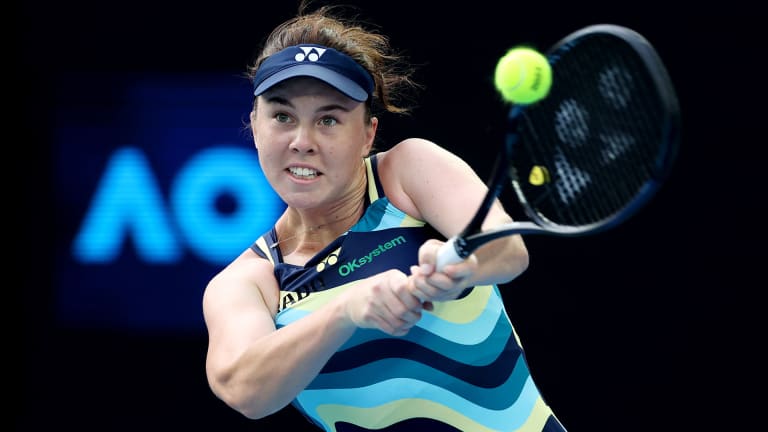Australian Open
In shock loss to Linda Noskova, Iga Swiatek felt she was facing Sabalenka or Rybakina
By Jan 20, 2024Australian Open
Venus Williams will become oldest woman to compete in an Australian Open main draw with wild card entry
By Jan 02, 2026Australian Open
Roger Federer to headline “Battle of the World No.1s” at Australian Open’s inaugural Opening Ceremony
By Dec 11, 2025Australian Open
Australia at Last: Reflections on a first trip to the AO
By Jan 29, 2025Australian Open
Alexander Zverev must elevate his game when it most counts—and keep it there
By Jan 27, 2025Australian Open
Jannik Sinner draws Novak Djokovic comparisons from Alexander Zverev after Australian Open final
By Jan 26, 2025Australian Open
Alexander Zverev left to say "I'm just not good enough" as Jannik Sinner retains Australian Open title
By Jan 26, 2025Australian Open
Jannik Sinner is now 3-0 in Grand Slam finals after winning second Australian Open title
By Jan 26, 2025Australian Open
Taylor Townsend and Katerina Siniakova win second women's doubles major together at the Australian Open
By Jan 26, 2025Australian Open
Madison Keys wins her first Grand Slam title at Australian Open by caring a little bit less
By Jan 25, 2025In shock loss to Linda Noskova, Iga Swiatek felt she was facing Sabalenka or Rybakina
The 19-year-old put on a master class in measured power to beat the world No. 1—and blow the top half of the women’s draw wide open.
Published Jan 20, 2024
Advertising

In her unforgettable Australian Open main draw debut, Noskova defeated world No. 1 Iga Swiatek to reach the fourth round.
© 2024 Getty Images
Advertising
Advertising

Swiatek beat 2020 Australian Open champion Sofia Kenin and 2022 finalist Danielle Collins in the first two rounds, but struggled to match Noskova's firepower in the third.
© 2024 Robert Prange